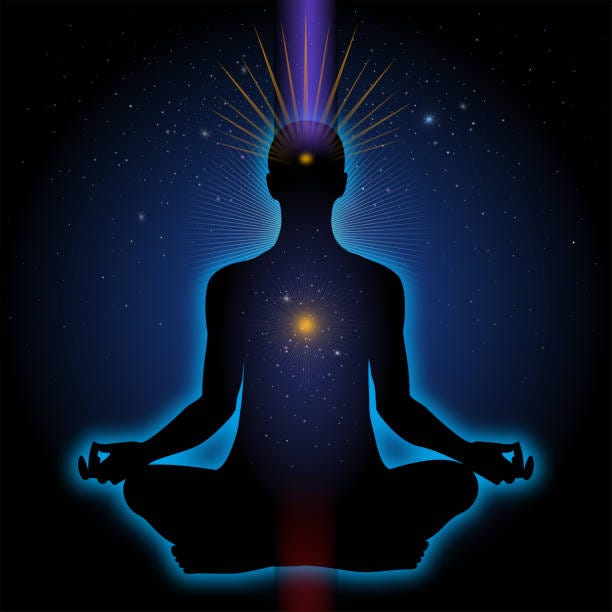
The History of Yoga: From Ancient Origins to Modern Practice
Data Diary
Ancient Beginnings
Yoga has its roots in ancient India, with evidence of its practice dating back over 5,000 years. The word 'yoga' comes from the Sanskrit root 'yuj,' meaning to unite or integrate.

Vedic Period
The earliest references to yoga can be found in the Rig Veda, a collection of ancient texts that date back to around 1500 BCE. During this period, yoga was primarily focused on rituals and chants.
Upanishadic Era
The philosophical underpinnings of yoga were developed during the Upanishadic era (800-500 BCE). The Upanishads explored concepts such as the nature of the self and the practice of meditation.
Classical Yoga
Patanjali's Yoga Sutras, written around 400 CE, are considered the foundation of classical yoga. These texts outline the eight limbs of yoga, a framework for spiritual and personal development.
Post-Classical Yoga
In the post-classical period, yoga masters developed new techniques and practices to rejuvenate the body and prolong life. Hatha Yoga, which focuses on physical postures, was developed during this time.
Modern Yoga
In the late 19th and early 20th centuries, yoga began to spread to the West, thanks to the efforts of Indian sages like Swami Vivekananda and Paramahansa Yogananda. Modern yoga combines traditional practices with contemporary health and fitness.
Influential Figures
Key figures in the history of yoga include Patanjali, Swami Vivekananda, B.K.S. Iyengar, and Pattabhi Jois, each of whom contributed significantly to the development and popularization of yoga.
Yoga in the West
Yoga gained widespread popularity in the West during the 20th century, evolving into various styles such as Vinyasa, Ashtanga, and Bikram Yoga, each with its own unique approach and emphasis.
Scientific Research
Recent scientific research has validated many of the benefits of yoga, including improved flexibility, strength, stress reduction, and overall well-being, further boosting its global appeal.
Global Impact
Today, yoga is practiced by millions of people around the world. It is recognized as a powerful tool for promoting physical health, mental clarity, and spiritual growth.
Future of Yoga
As yoga continues to evolve, it remains a timeless practice that adapts to the needs of modern society, offering a path to holistic well-being and inner peace.